In fact, OP has understood the naked truth about the transistor "amplifier"... that it is not an amplifier at all... on the contrary, it is an "attenuator". At this stage, OP does not need detailed explanations; he needs confirmation of his guesses.
It is considered the transistor is an active element used to build amplifiers... but IMHO this is not true. The transistor is not active but passive element; the only thing that it can do is to dissipate power. So, the transistor is not amplifying but attenuating element. It is just a "resistor" (non-linear, electrically controlled but still a resistor) that decreases the current.
The true amplification is impossible; so there are no real amplifiers. The so-called "amplification" is just an illusion, a clever trick... and the "amplifier" is just a "magic box" where we see higher output power... but this is not the amplified small input power. This is else's power... of the supply source.
In analog electronics, we implement such an "amplification" in the possibly most paradoxical, absurd and silly way - to obtain output power higher than the input one, we get a big power source and then throw away a part of it (from zero up to the whole power). In comparison, in energetics, they can not afford to do it.
I use this approach in classes with my students to clarify such vague definitions of amplifier as "electronic circuit that uses electric power from a power supply to increase the amplitude of a signal applied to its input terminals" (Wikipedia). For example, here is a seminar in 2004, in which we discussed the philosophy of the transistor "amplifier". Another Wikibooks story from 2008 describes how my students studied this phenomenon in the lab in order to reinvent the BJT current mirror.
In 2013, I asked a similar ResearchGate question which provoked a heated discussion. I hope it will be useful to you.
